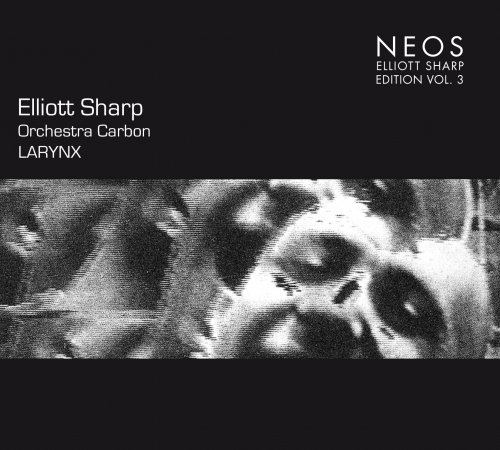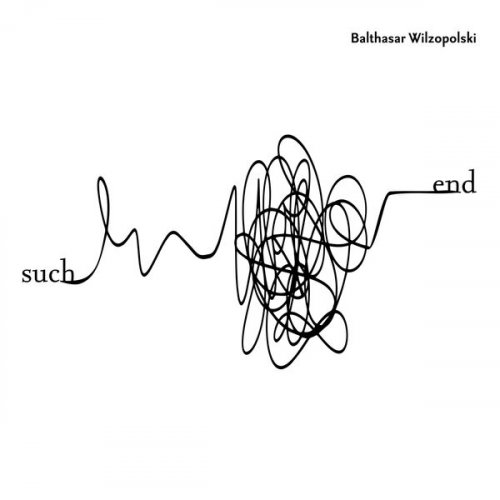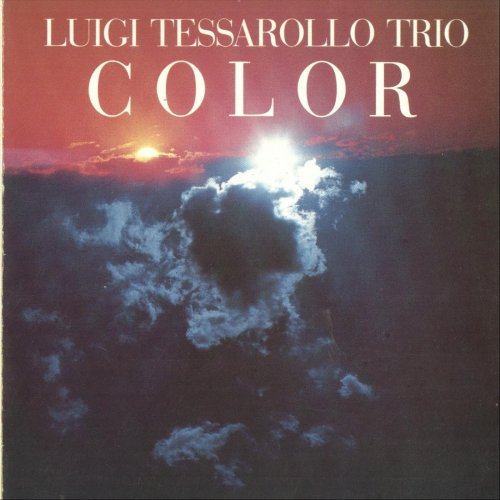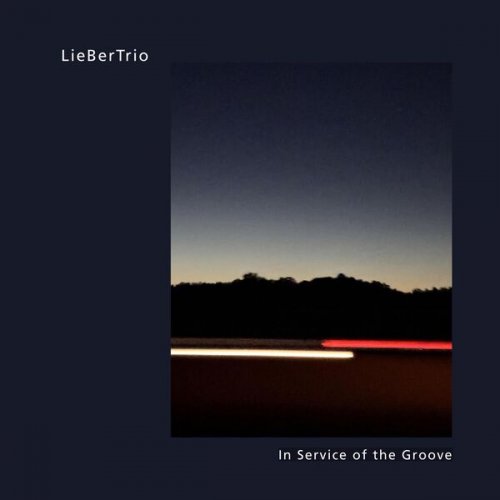Orchestra Carbon - Elliott Sharp Edition Vol. 3: Larynx (2013)

Artist: Orchestra Carbon
Title: Elliott Sharp Edition Vol. 3: Larynx
Year Of Release: 2013
Label: Neos
Genre: Classical
Quality: FLAC (tracks)
Total Time: 39:25
Total Size: 257 Mb
WebSite: Album Preview
Tracklist: Title: Elliott Sharp Edition Vol. 3: Larynx
Year Of Release: 2013
Label: Neos
Genre: Classical
Quality: FLAC (tracks)
Total Time: 39:25
Total Size: 257 Mb
WebSite: Album Preview
Larynx (Elliott Sharp)
01. Larynx 1 - 00:07:09
02. Larynx 2 - 00:06:00
03. Larynx 3 - 00:06:07
04. Larynx 4 - 00:06:40
05. Larynx 5 - 00:04:14
06. Larynx 6 - 00:09:15
Performers:
Orchestra Carbon
Samm Bennett (drums & percussion), Lesli Dalaba (trumpet & slab)
David Fulton (trombone, slab, pantar), Ken Heer (trombone, David Linton (drums), Charles K. Noyes (drums), Bobby Previte (drums), Jim Staley (trombone), Elliott Sharp (doubleneck guitarbass, soprano sax, tenor sax, bass clarinet, and sampler)
Elliott Sharp's Larynx is a composition for Orchestra Carbon, commissioned for the Brooklyn Academy of Music's Next Wave Festival and first performed in November 1987. In this instance, Orchestra Carbon incorporates the whole of the Soldier String Quartet, four drummers are also employed, as are trumpet and two trombones, and Sharp himself is quite prominent throughout on guitar, sax, clarinet, and playing a sampler. A rank of Sharp-invented instruments wryly referred to as "slabs" and "pantars" are utilized as secondary instruments. The music is very dense and multilayered, and this studio recording, made prior to the performance, was made in layers throughout the months of June and October 1987. Sharp recorded it a layer at a time, all out of sequence, working when he was able to get a little money to record some more parts of it. Sharp's compositional strategies for Larynx are laid out in detail in liner notes published at www.neos-music.com, the website for the German label Neos that has reissued this work as the third volume within a retrospective series of Elliott Sharp's pieces; Larynx originally appeared as an LP on the SST label in 1988. Such strategies draw from the example of fractal geometry, tunings derived from the Fibonacci Series, and the comparatively simple idea that each of Larynx's six movements would consist of a main section followed by an interlude that would lead to the next main section.
Sharp achieved several intriguing results in creating Larynx; although prior to Larynx Philip Glass had built up compositions intended for live performance in the recording studio rather than on a piece of paper, Glass wasn't dealing with widely ranging sound sources that were by their nature incompatible, as was Sharp. When the work in the studio was done, he only needed to recompile the strategies employed for the recording to mount the live performance that, according to Sharp, "took on a life of its own." While Sharp is correct in his deduction that the effect of Larynx derives from the collision between the fractal geometry and Fibonacci-derived elements, that's not what listeners will hear when they put in the disc. Larynx is a joyous thicket of chaos that nonetheless contains many thousands of easily distinguishable details; while it is definitely intense, challenging, and even a little menacing, Larynx never sounds lost in unfamiliar territory -- its path of trajectory is always clear and pointed ahead. The transitions through the interludes are dramatic and immediately noticeable; the interlude in Larynx 4 is particularly effective as it changes the whole atmosphere of the movement. Parts of it are like trundling through a video game jungle made up of anthropomorphic transistor parts, one part is like traveling through a giant corrugated metal pipe caught in some interplanetary downpour. No matter where you are, you always feel like you're going somewhere amid the palpitating rhythms, some wacky noises that wouldn't be out of place in Spike Jones, Sharp's clattering guitar and countless details. All of these elements are so seamlessly welded together that though at first Larynx appears dense and massy in the macroscopic view, the microscope reveals its inner workings, different ones each time it is heard.
While Larynx makes use of tools associated with pop music, this sure ain't rock or even free-form jazz -- Larynx is its own musical organism. This Neos re-release is a classy and high-quality package; one is glad to see this key work of the New York "Downtown" school available once again.
Sharp achieved several intriguing results in creating Larynx; although prior to Larynx Philip Glass had built up compositions intended for live performance in the recording studio rather than on a piece of paper, Glass wasn't dealing with widely ranging sound sources that were by their nature incompatible, as was Sharp. When the work in the studio was done, he only needed to recompile the strategies employed for the recording to mount the live performance that, according to Sharp, "took on a life of its own." While Sharp is correct in his deduction that the effect of Larynx derives from the collision between the fractal geometry and Fibonacci-derived elements, that's not what listeners will hear when they put in the disc. Larynx is a joyous thicket of chaos that nonetheless contains many thousands of easily distinguishable details; while it is definitely intense, challenging, and even a little menacing, Larynx never sounds lost in unfamiliar territory -- its path of trajectory is always clear and pointed ahead. The transitions through the interludes are dramatic and immediately noticeable; the interlude in Larynx 4 is particularly effective as it changes the whole atmosphere of the movement. Parts of it are like trundling through a video game jungle made up of anthropomorphic transistor parts, one part is like traveling through a giant corrugated metal pipe caught in some interplanetary downpour. No matter where you are, you always feel like you're going somewhere amid the palpitating rhythms, some wacky noises that wouldn't be out of place in Spike Jones, Sharp's clattering guitar and countless details. All of these elements are so seamlessly welded together that though at first Larynx appears dense and massy in the macroscopic view, the microscope reveals its inner workings, different ones each time it is heard.
While Larynx makes use of tools associated with pop music, this sure ain't rock or even free-form jazz -- Larynx is its own musical organism. This Neos re-release is a classy and high-quality package; one is glad to see this key work of the New York "Downtown" school available once again.
DOWNLOAD FROM ISRA.CLOUD
Orchestra Carbon - Elliott Sharp Edition Vol. 3 Larynx (2013).rar - 258.0 MB
Orchestra Carbon - Elliott Sharp Edition Vol. 3 Larynx (2013).rar - 258.0 MB
![Tomasz Stanko, Polskie Radio - Jazz Rock Company: Live at Akwarium (Polish Radio Sessions vol. 6/6) (2025) [Hi-Res] Tomasz Stanko, Polskie Radio - Jazz Rock Company: Live at Akwarium (Polish Radio Sessions vol. 6/6) (2025) [Hi-Res]](https://www.dibpic.com/uploads/posts/2025-12/1765796554_cover.jpg)


![Tomasz Stanko - Unit (Polish Radio Sessions vol. 2/6) (2025) [Hi-Res] Tomasz Stanko - Unit (Polish Radio Sessions vol. 2/6) (2025) [Hi-Res]](https://www.dibpic.com/uploads/posts/2025-12/1765796826_cover.jpg)



![Sibel Köse Septet - In Good Company (2025) [Hi-Res] Sibel Köse Septet - In Good Company (2025) [Hi-Res]](https://www.dibpic.com/uploads/posts/2025-12/1765846644_uizwujac4ht2d_600.jpg)
